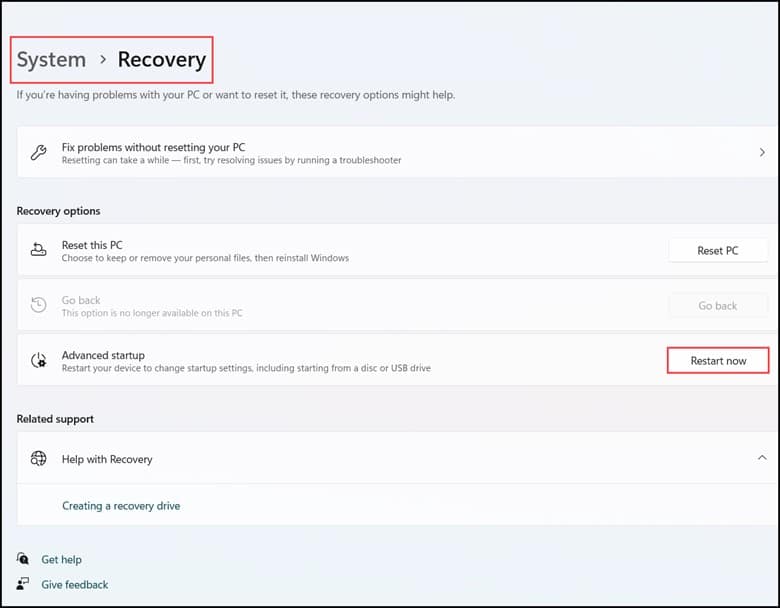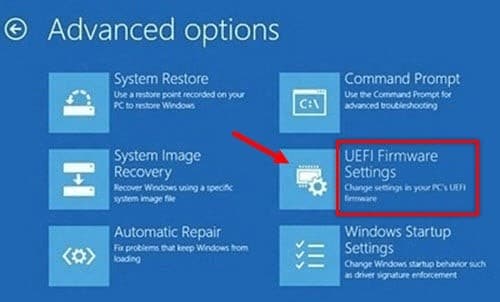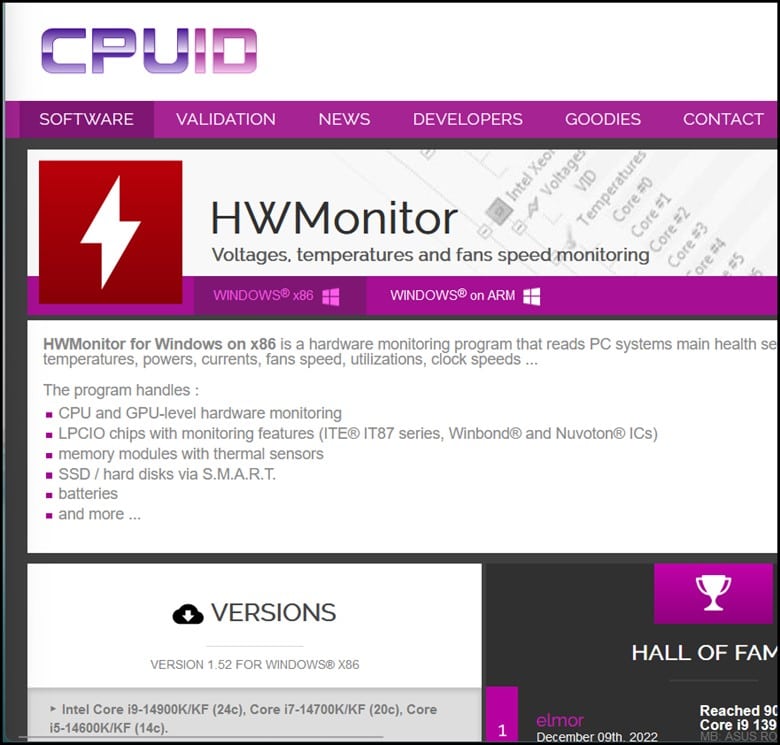GPU and CPU are the two most essential components for rendering graphics and processing data.
Maintaining the GPU and CPU health is essential by checking the temperature daily. Doing that will help you discover the potential problems early and prevent them from causing harm to your computer.
Running intensive games or applications increases the CPU and GPU levels, so if the temperatures are consistently high, you must take steps to cool down your computer.
Keeping the CPU temperature below 80 degrees Celsius and GPU temperature below 90 degrees Celsius is generally advisable. Also, checking the health of both prevents it from overheating and hardware damage.
Also, read: How To Check CPU Health With Intel Processor Diagnostic Tool?
Why Is A GPU Health Check-Up Necessary?
You can go for a GPU health checkup due to the following reasons:
- If you are planning to buy a GPU that has already been used, you should go for a complete GPU health check-up before finalizing the deal.
- Determining the GPU’s health is necessary to avoid an abrupt hardware failure.
- A healthy GPU also plays a vital role in giving better performance.
- Failing GPU will result in data loss.
What Are The Various Ways To Check CPU Or GPU Health?
Here are some of the ways by which you can check the GPU health on your Windows PC.
Here, we will discuss in detail a few of those ways.
So, read through the article until the end and evaluate your GPU and CPU health accordingly.
1) Using The Task Manager
Task Manager is a built-in Windows utility that can easily be used for monitoring various performances, including GPU and CPU temperatures.
Follow the steps to do so:
- Right-click on the Windows Task Bar and then choose Task Manager.

- After the Task Manager opens up, click on the “Performance” tab.
- Select GPU or CPU from the left pane.
- Soon after, the current temperature will be displayed in the right pane.

2) Checking The BIOS Or UEFI
BIOS or UEFI is known to control your computer’s startup and essential operation. Mostly, BIOS and UEFI programs have an in-built section that mainly focuses on hardware and checks the CPU and GPU temperatures.
Note: For accessing the BIOS or UEFI, a restart and pressing an appropriate key during startup are essential. However, the key varies depending on the computer manufacturer.
This is a good option for checking the CPU and the GPU temperature if you aren’t in the mood to install any additional software.
This is how you can check the temperature using UEFI or BIOS:
- Open the Windows “Settings” option and then click on “System”.

- Click on “Recovery,” and in the Recovery options, click on “Restart now”.

- Next, click the “Troubleshoot” option on the Advanced startup screen and choose “UEFI Firmware Settings.”
- Click on “Restart” when prompted.

- Now, boot into the BIOS /UEFI screen of your Windows 11 PC.
- In the case of a modern UEFI interface, the CPU temperature will be displayed on the homepage itself.
3) HWMonitor
HWMonitor is also a dedicated GPU monitor software that allows users to check several GPU statistics, including temperature, voltage, fan speeds, powers, utilization, clock frequencies, capacities, and more.
For monitoring the GPU temperature, you can easily take the help of this free software. For this, you need to download and install it on your system.
Now, launch this software and view the real-time statistics related to your hardware. Scroll down till you can view the graphics cards listed on its screen.
Now, expand the detail, and then the temperature component will be displayed. After doing this, you can view the minimum and maximum GPU temperature values and analyze the current temperature value based on that.
You can now easily download the software from this link.

4) By Using Speccy
There are quite a number of apps that display CPU temperature in Windows 11, but unlike those, Speccy is a highly rated option that is available directly from the Microsoft Store.
Now follow these steps to check your CPU temperature by using Speccy:
- Look for Speccy in the Microsoft Store.

- Download and install it.
- Open Speccy and look for the CPU in the menu bar on the left for more information.
- Navigate to the CPU tab and check the temperature of each core of your CPU
- Click on the Graphics tab to see the temperature of your GPU
5) Using The Sidebar Diagnostics

Sidebar Diagnostics is a free GPU monitor software specifically designed for Windows 11/10. This system information tool shows advanced information about your operating system, CPU, RAM, GPU, Storage Drives, Audio, and Network.
You must download and install this software and then start its GUI. Doing this will soon add it to the desktop screen’s sidebar and show you the GPU temperature and other real-time statistics.
To visualize the GPU statistics graph, click on the graph icon from the top sidebar. It will help you to customize the metrics along with the duration of the graph as per requirement.
Users can also customize various settings related to the software, such as sidebar width, polling interval, UI scale, click-through, background opacity, font size, font color, date format, alert blink, and more.
Frequently Asked Questions (FAQs)
- What Is A Stable GPU Temperature?
Keeping the graphics card temperature under 80 degrees Celsius or 176 degrees Fahrenheit is recommended.
- How Can I Track CPU And GPU Usage?
The easiest way to track CPU and GPU usage is to use system monitoring tools such as Windows Task Manager, Linux top, or macOS Activity Monitor.
- What Is An Unhealthy GPU Temperature?
In the case of modern Nvidia GPUs, the temperature range from 70–85 degrees Celsius falls under the normal range. For AMD GPUs, the 65-75 degrees Celsius temperature range can be termed as usual. Your GPU will get overheated if you encounter anything beyond this value.
- Will My PC Shut Down If The GPU Gets Overheated?
An overheated GPU can make your PC crash; in that case, you will have to restart your PC and start using it. It can also damage your hardware.
Final Words
By using the above-mentioned free methods, you will be successful in checking the GPU and CPU health. Also, doing so will help you waive the probable issues that are known to hamper your device as well as your productivity.
Tell us whether you successfully checked the CPU and GPU temperature by following the above-mentioned methods.